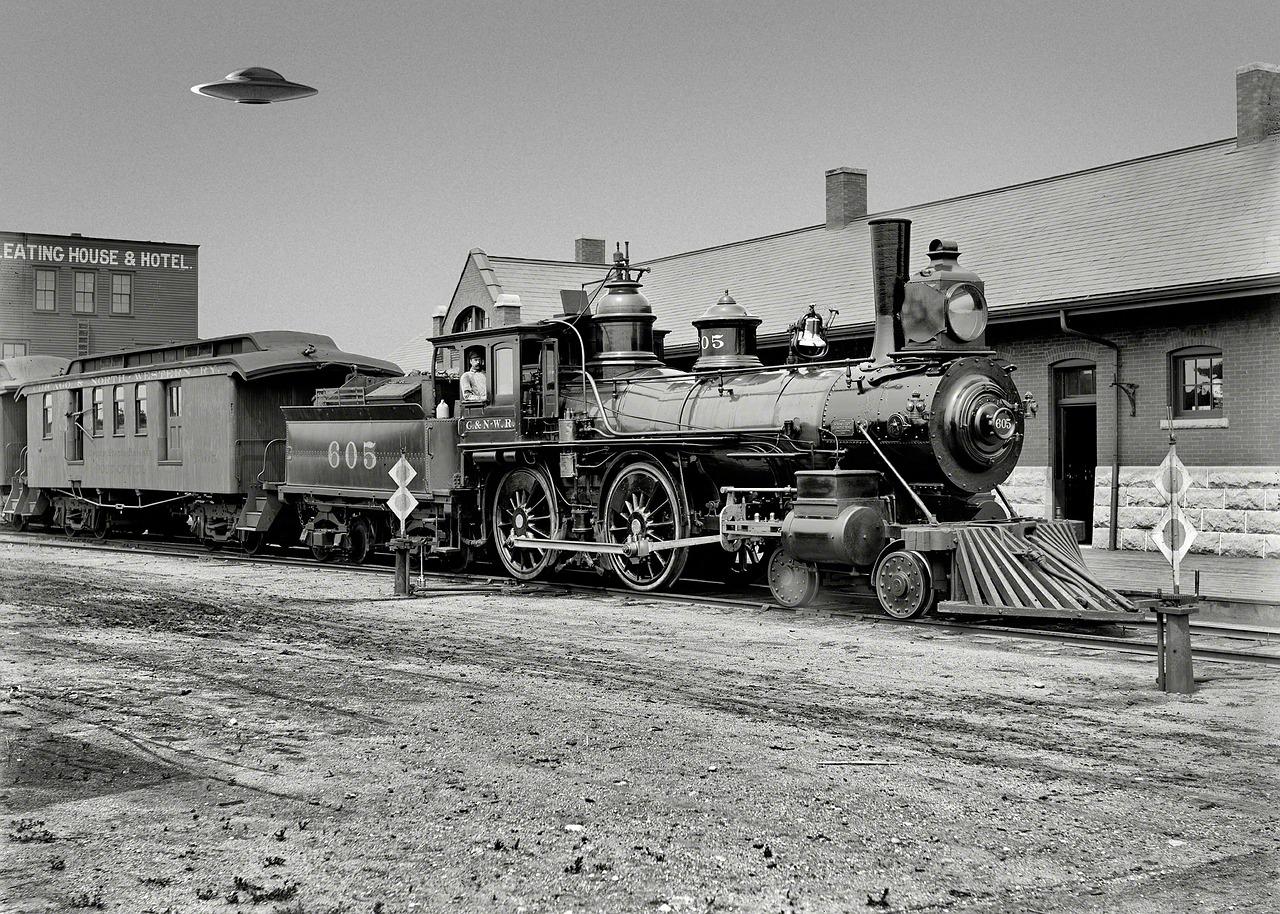
Since I started my radiology residency in 1999 (only 23 years ago!), a whirlwind of changes has morphed the field of radiology into something very different from when I first started. It’s amazing how new modalities, technologies, and techniques creep up on us, gradually replacing the old ways. That got me thinking… Since everyone loves lists, what are the top 10 radiology anachronisms from 1999 that would be out of place today? Don’t worry… I’m not going back to the 1950s when pneumoencephalography reigned king because that was not my time. (And most of yours as well!) Instead, let’s start with some of the significant changes for general radiologists from the more recent past (Hopefully after you were born!). I think you might find this enlightening. Enjoy!
Analog Films/Film Panels
When I first started, I hit upon the end of the physical film era. Fortunately, I was one of the last classes to experience the dusk of its usage. Soon after, I graduated residency and never looked back in the world of film. Boy, did that change how we practice radiology!
Pulmonary Arteriograms and Trauma Aortograms
I will lump these two studies into one category because they are invasive diagnostic studies. For those of you that remember, the experts considered pulmonary angiograms for years to be the “gold standard.” Now, we only use chest CTAs. Wow, did that change in a huff with the newer CT technology! And, what about the trauma aortogram? Do you remember getting woken up at 3 AM to rule out aortic rupture? I certainly do!
Misplaced Imaging Studies
For those of you who experienced the film era, you will remember orthopedics taking a good percentage of studies down for surgery, never crossing the path of the radiologist’s eyes. How often does that happen now? Very rarely do films get lost on PACS!
Double Contrast Barium Enemas
In New Jersey, finding the equipment you need to complete a double contrast barium enema is almost impossible. And many residents have never even seen one performed. Incredible isn’t it?! Almost everyone seems to get a colonoscopy or virtual colonoscopy instead. It’s ironic because double-contrast barium enemas played an essential role in cancer screening. No longer!
Written Prelims
Most newer radiologists and residents can’t even picture writing a prelim, let alone writing anything down. That is just how we used to operate in 1999 as residents. We would hang the CT scan boards and then write our impressions on paper in a binder. How passé?
Clinicians in the Radiology Department
I remember when the radiology department bustled with activity from the surgeons and oncologists. Rarely does that happen anymore? Sure, you still get that occasional straggler that enters the room. But, that is more the exception rather than the rule. Too bad, huh?
PET Scanners Without CT
When I started, the debate about whether PET-CT would provide a significant added benefit over a standard PET scanner raged. Well, that debate ended rather quickly! I don’t think I’ve seen a traditional PET scanner around for a while!
Transcriptionists And Cassette Recorders
It’s next to impossible to forget about the changes in dictation technologies over the past 19 years. Granted, I don’t think that the technologies have gone far enough. However, a lot has still changed. I haven’t spoken to a transcriptionist or dictated into a cassette recorder for eons!
IVPs and Ionized Iodinated Contrast
Who can remember having to inject your patients for IVP with iodinated ionized contrast, no less? I do! The pain from an infiltrated dosage was immense. And, I can remember a lot more untoward allergic reactions. Well, fortunately, this is no more!
Absent Hospital CT Techs After Hours
Absent CT techs certainly would not fly at most hospitals anymore. Hospitals expect CT scanners to run at all hours, no matter the case’s urgency. I almost can’t imagine a hospital without 24-hour CT coverage. It makes me miss the old days!
Final Thoughts on Radiology Anachronisms Today From 1999
These radiology anachronisms are probably just the tip of the iceberg. And, I am sure you have your ideas about what would be an anachronism today from 1999. So much has changed! I would love to hear from you to find out what you think are some of the top radiology anachronisms. If you have a good one, please comment below!






